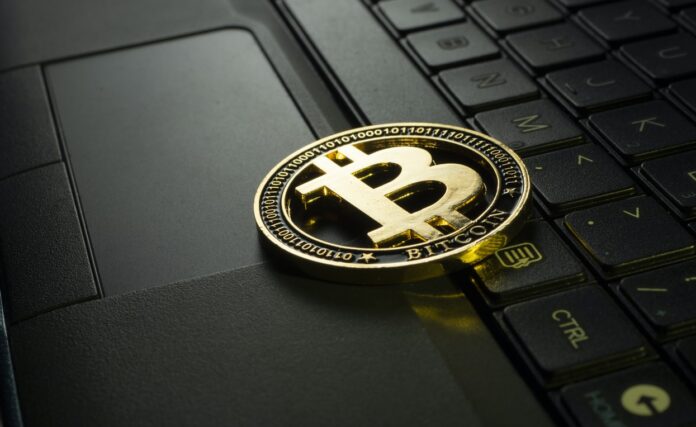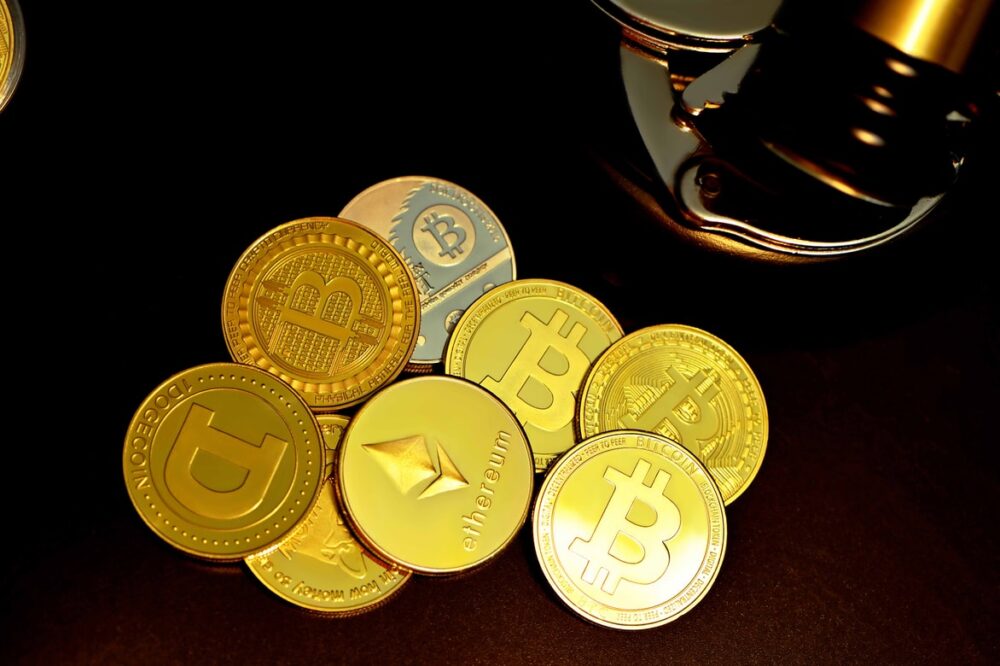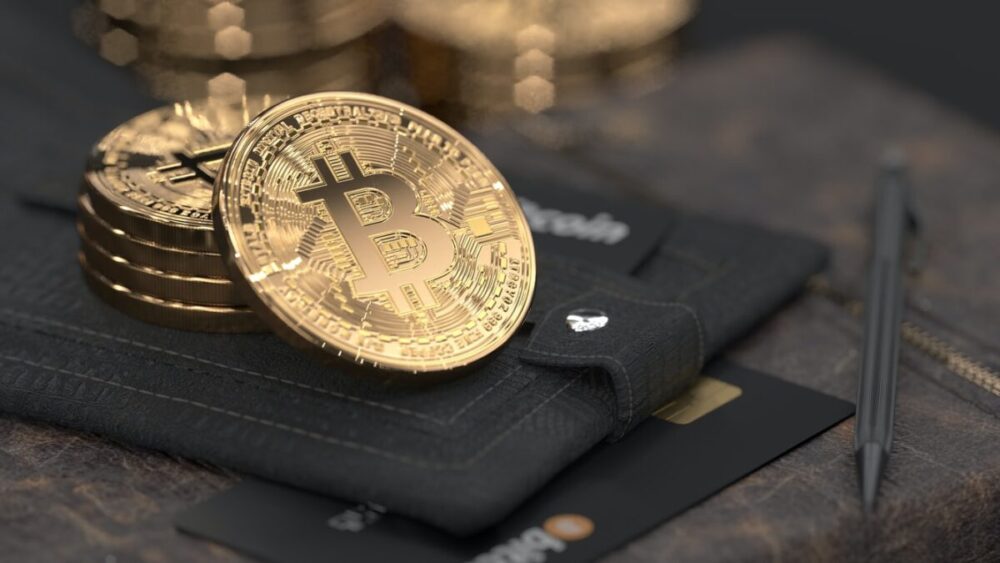
So you have some bucks to spare, and you want to invest in cryptocurrency with the hopes of becoming an instant millionaire. You want the next success story to be your own story but don’t know the slightest about crypto, let alone its intricacies.
There are tons of information online and just looking at your cryptocurrency web search is overwhelming. With complex webs of algorithms along with terms and technicalities you have never encountered before, all things crypto is intimidating for beginners and pros alike.
Diving into such an endeavor can be a tough and scary process. But fear not, because this article will equip you with enough knowledge on how to kickstart your cyber cash venture.
Let’s get started!
Defining cryptocurrency

A relatively new medium of exchange, cryptocurrency originated over a decade ago when the first of its kind, Bitcoin, was developed by Satoshi Nakamoto. In 2008, he explained in a document called “Bitcoin: A peer-to-peer-based electronic financial system” that cryptocurrency is “an electronic payment system based on cryptographic proof instead of trust.”
Unlike fiat money, there is no central authority that supervises and upholds the value of cryptocurrency. The encrypted data string that denotes a unit of currency is organized and monitored by cryptocurrency’s users through a technology called blockchain.
There are currently more than 5,000 different cryptocurrencies in circulation, and among them are the most popular ones, Bitcoin and Ethereum. For a more detailed explanation about each of them, check out Cryptoner. It has a wide variety of reviews to answer all of your crypto-related queries.
Blockchain Technology

Blockchain technology is literally the building block of cryptocurrency. It is unique in the sense that it has three defining features: transparency, decentralization and immutability.
Cryptographic proof comes in the form of transactions validated and logged in a blockchain. Everybody involved can see the public record of all transitions.
Because its system is decentralized, it eliminates the need for intermediaries like banks and governments and instead utilizes a ledger for confirmation. A peer-to-peer network verifies the trades to regulate the creation of monetary units and to authorize transfer of funds.
Once entered into the blockchain, it becomes immutable. No one can ever alter an entry in the database without meeting specific conditions.
Cryptocurrency Wallets 101

Just like regular money, you need a wallet to store your crypto funds. Cryptocurrency wallets give users an interface to interact with their funds on the blockchain network. Remember that coins never leave the network and are only transferred from one address to another. Storing cryptos in exchanges is not advisable, especially if you are not going to trade regularly. As such, you need to be familiarized with wallet options.
When you create a crypto wallet, you also generate a public key and a private key. Public key acts like your email address or bank account number that you share with other people so they can send you coins. Meanwhile, a private key is basically your password that gives access to your digital money.
Three types of wallets
1. Software wallets (hot wallets)
Because it is connected to the internet, software wallets are considered the least safe choice. You can store funds in a web wallet that comes as extension to the browser, mobile wallet that is usually an app in your phone, or in a desktop wallet that is often a software sitting on your computer.
2. Hardware wallets (cold wallets/dumb computers)
Holding private keys and public keys, these wallets are used to sign crypto transactions. They don’t have direct access to the internet and resembles a flash drive.
3. Paper wallets
From the name itself, this type of wallet is prints QR codes on paper. It is the safest option out of the three but is generally not recommended due to breakability. If you lose it or if you accidentally wet it and the QR code becomes unreadable, you also lose access to your online money.
Useful Tip: Get a non-custodial wallet, meaning the wallet provider has no control over your funds. Here you can generate a seed phrase (typically 12 to 24 characters) to restore your account if ever you lose your hardware wallet.
Where to buy cryptocurrency?

The platform where you choose to purchase your crypto heavily depends on your intentions. Are you looking for a new project that can potentially make substantial gains in the future? Perhaps you can head to Uniswap. Are you looking for an exchange that has trading competitions, support, and giveaways? Then you can go with Binance, KuCoin, or Coinbase.
Your location is also a fundamental factor because even if crypto is international, there might be limitations in your country that confine services you can access and the payment method you can use.
Cybersecurity measures you need to take

1. Create a new email address
Hackers are stepping up their game, so you need to take certain precautions in order to secure your digital money. Use this new email account only for crypto-related transactions to minimize scam risks. Gmail is fine, but if you want an extra layer of protection, you can sign up for ProtonMail. Based in Switzerland, ProtonMail is one of the leading providers of secure mail services. It strips IP addresses from emails and features zero-access encryption for email, calendar, and contact information.
2. Use strong passwords
Do not make the mistake of using the same password for all of your accounts. You might as well lure scammers into your account by doing so. Create long random combinations of letters (upper case and lower case), numbers, and symbols with 12-16 characters. If you are having trouble remembering the password, write it down or use a password manager app.
3. Activate a two-factor authentication system
Authy and Google Authenticator are some of the apps you can use for one-time passwords. This is a vital step for protecting your assets because hackers cannot swipe your account unless they have your phone at the exact same time.
Conclusion
Everyone wants to make money with just a few taps and clicks, but not everyone is willing to dedicate time and effort into learning how it actually works. This is the reason why so many people fail at managing their cryptocurrency, giving up along the way or falling victim to scammers. Avoid that fate through taking the guidelines above by heart and following it up with extensive research.








